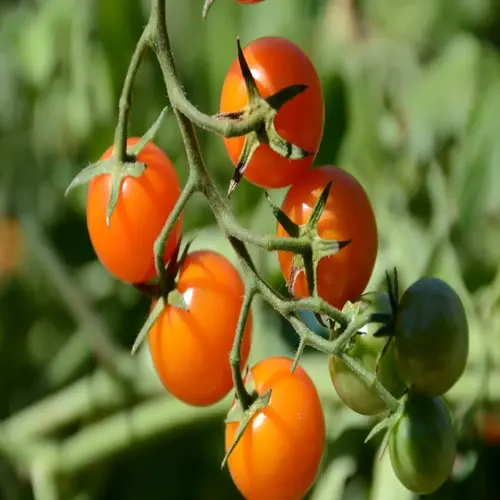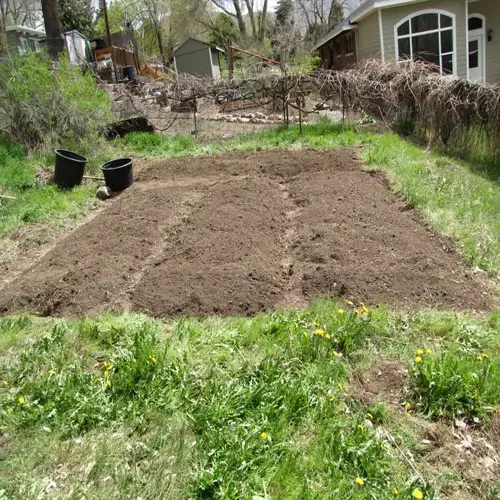Can turmeric plants survive winter indoors?

Written by
Tina Carter
Reviewed by
Prof. Martin Thorne, Ph.D.Turmeric naturally undergoes dormancy as temperatures cool, a survival behavior evolved from its original tropical habitats. When we grow turmeric indoors, we maintain control of its life cycle. Over the years of overwintering turmeric, I have mimicked a seasonal transition to keep the rhizome while providing energy storage for the plant. Recognizing this biological clock is central to winter care.
Winter care needs specific climate modifications. To gradually lower the temperature to 55-60°F (13-16°C) over two weeks, I tend to move plants to cooler rooms, such as the basement, rather than unheated spaces dipping down to 50°F. Only a limited amount of light is needed daily (4 hours) using low-powered bulbs, so they do not tend to deteriorate.
Temperature Transition
- Gradually lower temperatures 5°F weekly over 3 weeks
- Use thermometer to monitor consistent 55-60°F range
- Avoid placing near drafty windows or heat vents
- Insulate pots with bubble wrap if needed
Water Reduction Protocol
- Decrease watering frequency to monthly
- Water lightly only when soil completely dries
- Use room-temperature water to prevent root shock
- Check soil moisture monthly with moisture meter
Light Management
- Provide 4 hours indirect light daily
- Rotate plants weekly to prevent leaning
- Use 15-watt LED bulbs if natural light insufficient
- Avoid complete darkness to maintain rhizome viability
Check for stress signs such as wilting rhizomes or mold. Check monthly and gently remove topsoil as needed. If I find mold, I treat it with cinnamon powder as a natural antifungal agent, if necessary. Healthy turmeric produces buds and remains firm during dormancy. If you find any pieces that have gone soft or look a different color, discard them immediately to save the others.
To prepare for spring reactivation, begin six weeks ahead of the average last frost date. Every week, raise the temperature by 5°F and increase the light duration by 30 minutes. I start to hydrate once new shoots grow. This gentle acclimation will minimize shock and promote more vigorous growth with longer days in spring sunlight.
Keeping records improves outcomes each year. Monitor temperature fluctuations, plant responses, and successful recoveries. My journals indicate that I constantly yield the healthiest plants with consistent temperatures around 55-60 degrees Fahrenheit. Your time and attention while the plant is dormant allow for powerful growth in spring and continued harvests for years to come.
Read the full article: How to Grow Turmeric Indoors Successfully

